| With the passing of Sir Winston Churchill [January 1965], several human interest stories of a minor character come to mind. They concern his journey in August 1941 to meet with President Roosevelt at Placentia Bay, Newfoundland. This meeting, as we all know, resulted in the momentous Atlantic Charter. I was privileged to serve on his staff whilst embarked in the battleship Prince of Wales for the trans-Atlantic crossing to and from Placentia Bay. Taken on the quarterdeck of the Prince of Wales, shows Sir Winston taking a constitutional with Harry Hopkins during a lull in the bad weather which plagued the crossing. Also shown are Admiral Sir Dudley Pound (Chief of Naval Staff) General Sir John Dill (Chief of the Imperial General Staff) and Air Vice-Marshal Freeman (Vice-Chief of the Air Staff) |
|
By Lieutenant Hugh E. Fackrell, RCNR of St. Thomas
0 Comments
Come in Second Army...Come in Second Army “This is the 1st Para Brigade calling Second Army. Come in Second Army. Come in Second Army.” A desperate transmission sent September 20, 1944 by St. Thomas native, Signaler Stanley Copley, 1st Airborne, British Army. The transmission was sent from then Lieutenant Colonel John Frost’s small force of paratroopers holding the bridge at Arnhem in the Netherlands. The Bridge Too Far.
Lieut. Cowley Billeted at Home of French Heroine |
| Mrs. W.J. Green has received a most interesting letter from her brother Lieut. Charles B. Cowley, of the Princess Patricia Light Infantry. It was written in France on Oct. 1 just two day before he was wounded and sent back to England to recuperate. The letter reads as follows: Princess Pat's in Reserve I have been having quite a time during the past week. A few nights ago I was hurriedly ordered to take my platoon with haste to a particular portion of the line from the point where we were in reserve. |
| After relating his memories of his time as the first Radar Officer on the Prince of Wales and, along with the Hood, the encounter with the Bismarck, Rear Admiral Stuart Paddon continues with memories of the occasion when the Prince of Wales transported Winston Churchill to Placentia Harbour in Newfoundland, then still a British colony, for a secret meeting with the American President, Franklin Delano Roosevelt. |
Surprise Passenger
Time's Up - The Hunt is On
The Captain was Correct
A Canadian in the Royal Navy
RAF Scoops Electronic Talent RN Looks to Canada
Getting Ready
| Bob Perry well remembers the three weeks prior to the June 6 invasion when he and his shipmates, along with the crews of thousands of ships jamming the ports all along the south coast of England were confined to their vessels as a security measure. No shore leave was permitted in order to avoid any risk of vital information, even conjecture, as to the timing of the invasion reaching the enemy ears. Those final days were spent checking and re-checking equipment, there was an air of expectancy as well as anxiety. Last minute letters were written, not to be mailed until the invasion was under way. |
D-Day flyer says sights beat Star Wars
| The Allied invasion of Nazi-controlled Europe on June 6, 1944 was the most unique military operation of its kind in modern times, presenting an awesome sight to the participants. It was especially breath-taking from the air, where pilots had a bird’s eye view of what was happening. Flight Officer Bill Golden of St. Thomas was right above the invasion force when it landed at Normandy. It was a sight he’ll never forget, the vast armada and daring landing. “It’s the most impressive sight anyone will ever see at any time. It beat Star Wars all to pieces.” “As the saying goes, you could have lowered your wheels and taxied over,” to Europe from England, he said, reflecting on the enormity of the task force. |
Pte Tweed Tells of Capture
of Trench and His Wounding
The Beginning
Stan's North Sea Adventure took place prior to those events, when he was posted to Operational Training Station Kinloss, Scotland. At OTS, the airmen with various skill sets learned to function as a team and it was on one of those practice sessions that Stan qualified for the Goldfish Club. This club was open to aircrew who were forced to 'vacate the premises' so to speak and ended up in the sea.
What follows are Stan's recollections of this time and a letter from the Scottish fisherman who found him drifting in a dinghy on the North Sea.
Intro to Recollections With the presence of mind of an officer who was awarded the VD and was later the Commanding Officer of the Elgin Regiment, Lt. Col. Warren Andrews recorded his encounter with General Sir Arthur Currie, Commander of Canadian Troops and Kenneth Lawrence the last Canadian casualty of the Great War. The occasion was a celebratory dinner for thousands in St. Thomas, Ontario in 1921. The encounter did not begin well. |
The Sound of his Voice
| There is nothing to compare to the unexpected pleasure of hearing a loved one's voice on the telephone no matter how sketchy the details or how harrowing what you do hear maybe. This was certainly the case for Air Force Warrant Officer Bill Burton's mom, Mrs. E.A. Dunn. It was wartime and like many other stories from the front, a report found it's way into the St. Thomas Times Journal. She might have been caught up in the moment just listening to his voice but I am quite sure her imagination received a workout when she had time to take in words such as jungle and wild game. |
The Answer is Often:
It was Meant to Be
| We will never know why a very young Canadian seaman, ‘Bud’ Bridgman, volunteered to remain on lookout aboard HMCS Comox after the search for survivors of the Liberty Ship Martin Van Buren had ceased. Nevertheless, despite the bone chilling fog, Bud continued to scan what parts of the ocean he could see. Sixty six men are very grateful that he did. | Left: Seaman Arthur 'Bud' Bridgman with 'Cookie' aboard HMCS Comox |
Last Canadian Wounded in War Former St Thomas Man
Kenneth Lawrence Received Leg Injury, Necessitating
Amputation, Three Minutes before “Cease
Fire” Order Given
| |
September 1943
St. Thomas Man Takes Part in Thrilling Attacks
by Air on Wolf Pack in Mid-Atlantic
| Squadron Leader Fred Green is One of Long-Range Liberators Making Six Separate Drives Against Nazi Subs, Which Stay on Surface to Fight Attackers Ottawa, Sept.28 (CP) – Long-range,Liberator bombers operating from a base on the Canadian east coast carried out six separate attacks against submarines of a German “wolf-pack” during a recent two-day running battle in the mid-Atlantic, the RCAF announced today. |
When Zeppelins Bombarded the
Canadian Camp
Introduction to Ephraim
| E.D. Mitchell, a former St. Thomas boy, writing to his folks at Eden, Ont., from Otterpool Camp, England, gives some very interesting detail of his experience when the Germans bombarded that camp from Zeppelins. Signaller Mitchell was at one time connected with the grocery firms here of Swinn Bros., J.A. McCance, Egan Bros. and Butler Bros., and will be remembered by a large number of friends. For the last five or six years he has travelled for the Swift Canadian Company out of Winnipeg and Nelson, B.C. He enlisted last June at Winnipeg, and is with the Headquarters Staff, Fifth Artillery Brigade, Second Canadian Division, as signaller and dispatch rider. In his letter he writes: |
Where there's a will there's a way
| The 50th anniversary of the D-Day invasion of Normandy in 1994 stirred memories far and wide including in the mind of a determined Frenchman who was only sixteen when a young Canadian 'soldier' turned up at the door of a neighbour in German occupied France. Thus, Michel Juniau and his wife from Beaumont le Roger in the Commune d'Ecardenville la Compagne, France began the search for 'Jones Stanley.' Memories fade after fifty years; Michel thought that 'Jones' had lived on a farm somewhere in Canada before the war and that he had a sister named 'Lucie'. This was not much to go on but they persevered approaching the Canadian embassy in Paris and then writing countless letters to municipal offices all over Canada. It was a long process. Sixteen year old Michel put on his best clothes to pose with the Canadian 'Jones Stanley' who was being hidden from the Germans by neighbours. |
Moving Tribute
"It seemed like good thing; but wait till I tell you"
| All went well; the target was successfully bombed, and the aircraft turned for home. A short time later they were attacked by a German fighter aircraft and unceremoniously shot out of the sky. There was enough time, however, for all seven members of the crew to bail out. It was later determined that the Pilot was injured on his descent and was captured by the enemy, but the remaining six crew members all landed safely and were sheltered by French families until their return home. Photo right shows the bombed area at Trappes |
| The turn of the 20th century saw many a young Englishman come to our area to make a new life for himself. Thomas Richard Young was among those who ventured forth from Bournemouth, Hampshire, to the Aylmer area here in Elgin County in the spring of 1909. By 1911, he was working on the farm of Leslie and Helen Cameron in Bayham Township south east of Aylmer. Tom then took up the challenge of going west and from there, on October 23, 1915, he enlisted for service overseas. |
One Man's War - Shared with the Country
"Sgt. Jack Arnold Stollery, a Canadian Army photographer, has been awarded the Military Medal for gallantry which inspired the troops taking Ortona in Italy, says Reuter. The citation said:
"During the entire battle for the town his gallant conduct and devotion to duty was outstanding. His appearance with the forward troops in moments of great danger armed only with a camera was commented upon and was in no small way responsible for bolstering the morale of the fighting troops. Throughout the whole campaign, Sgt. Stollery has continually displayed great gallantry and devotion beyond the call of duty."
After the war, Jack spent some time with the National Film Board in Ottawa before returning to St. Thomas where he set up a photography business. Sadly, he died suddenly in 1974 at only 57 years old.
The View from Sailors from St. Thomas, Ontario The Halifax Explosion December 6, 1917 was the largest man-made explosion until the nuclear era. There are many excellent resources about this event. What follows are the memories of two St. Thomas men writing home to their parents in the aftermath. Seaman Gunner James A. Cluskey and Seaman Owen George Young were serving in the navy as members of the Royal Naval Canadian Volunteer Reserve (the precursor to the 'Wavy Navy'). They were witnesses to the catastrophe and the aftermath. |
In the Beginning
| 46 William St. corner of St. Anne's Place | Avis Dolphin came to Canada with her recently widowed mother before the First World War. They moved into 46 William Street and Avis attended Wellington Street School. When she was twelve, her mother decided to send her back to England to finish her education. So, despite the fact that the much touted phrase "we'll be home for Christmas" [1914] did not prove true, Avis traveled to New York with two nurse companions, Miss Hilda Ellis and Miss Sarah Smith, to board the Lusitania on May 1st 1915. Seven days later she was tossed into the sea and had to fend for herself. Parts of the letter that she wrote to her mother on May 10th from the Waverley Hotel in Dublin, Ireland were published in the St. Thomas Journal and appear below. |
Author
The Elgin Military Museum has a vast collection of letters, articles, poems and pictures of veterans and others who served their community over a period of two hundred years.. This blog is our way of sharing them with you.
Archives
April 2020
February 2020
January 2020
June 2019
March 2019
February 2019
January 2019
December 2018
November 2018
February 2018
December 2017
November 2017
June 2017
May 2017
December 2016
November 2016
September 2016
Categories
All
Air Force
Army
Bridge Too Far
Caterpillar Club
Ceremonies
Christmas
Churchill
Citations
Confidential Book Box
D Day
Devil's Brigade
Dieppe
Elgin Military Museum
Elgin Regiment
Goldfish Club
Italian Campaign
Late Arrivals Club
Letters
Merchant Marine
Military Camps
Military Cross
Military Medical Care
Momentous Events
Nursing
Obituaries
PPCLI
Radar
Red Cross
Roosevelt
Royal Canadian Navy
Royal Navy
Tanks
Trench Warfare
U Boats
WW I
WW II

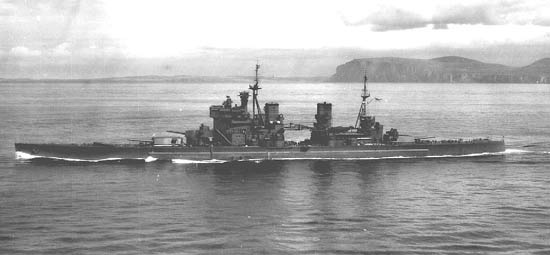


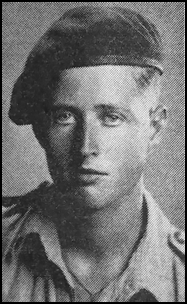
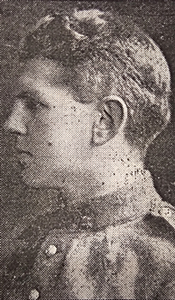
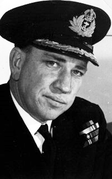






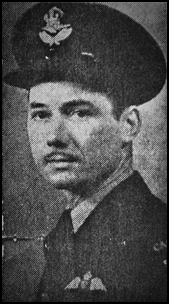


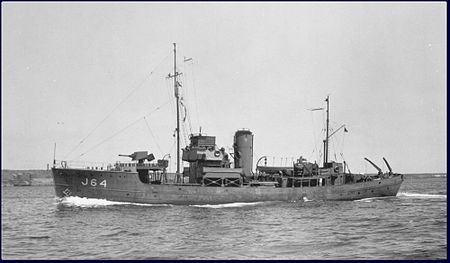
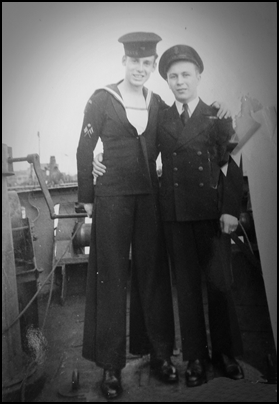

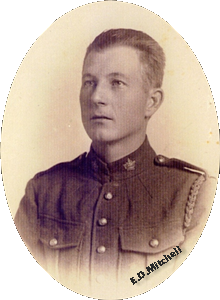
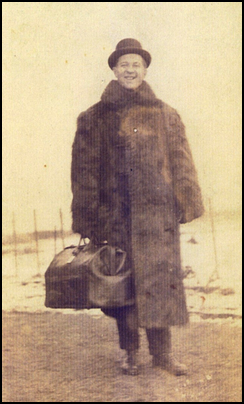
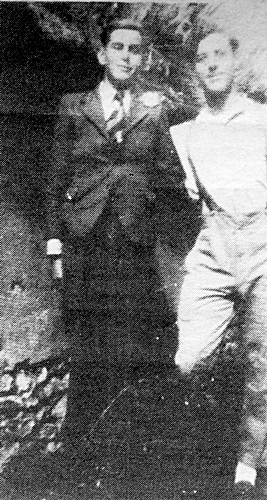





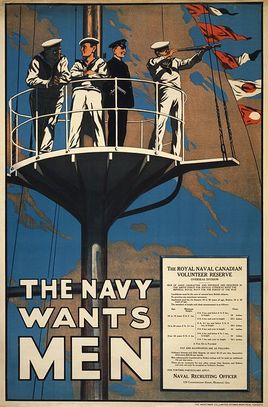
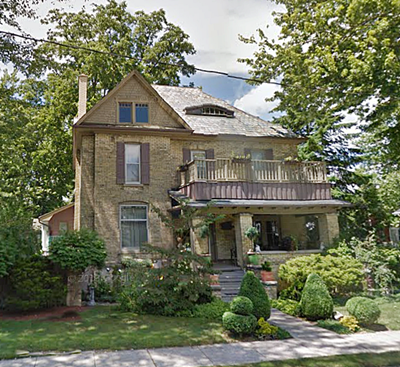
 RSS Feed
RSS Feed